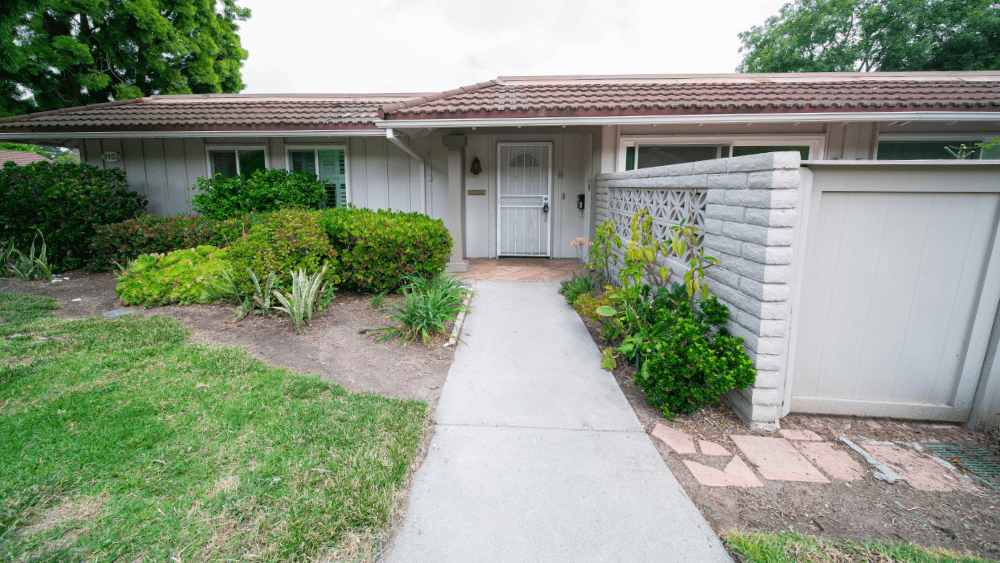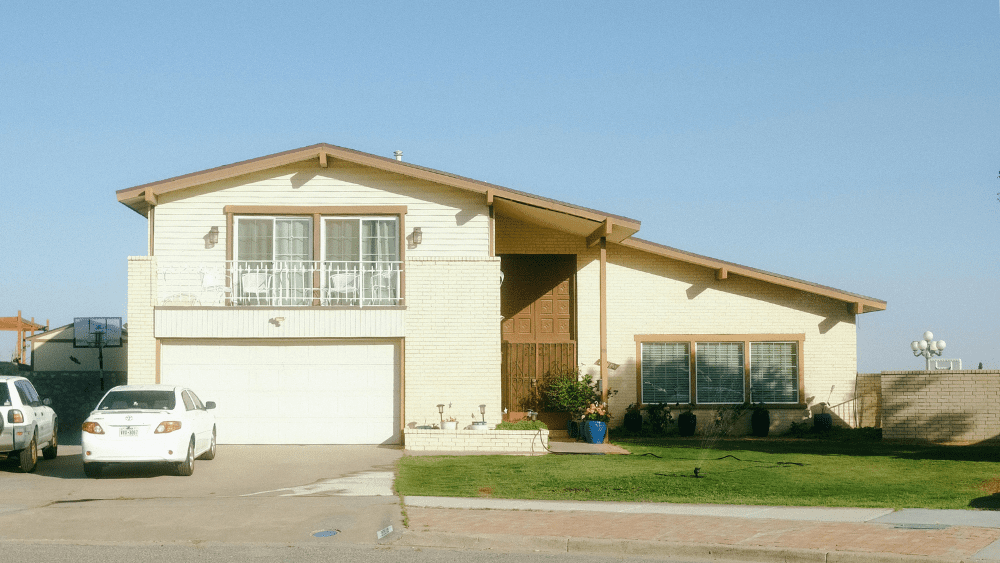The ‘bank of mum and dad’ has long helped lucky first-home buyers get onto the property ladder, but governments are increasingly stepping in to ease the intergenerational burden.
The latest move has been the expansion of the federal government’s Home Guarantee Scheme, which started on Wednesday.
Under the expanded scheme, all first-home buyers will get the chance to buy a home for as little as 5%, with no income caps and higher property price limits.
It’s a controversial move, with experts saying that the new changes will fuel additional home price growth and give help to some buyers who don’t need it.
But a bigger question has been emerging about the Australian dream of homeownership and who should be responsible for helping future generations get into the market, as home prices continue to rise.
The rise of the ‘bank of mum and dad’
Buying a home in Australia’s property market has always been challenging, but it’s become much harder in recent years.
Property prices have been climbing faster than wages, borrowing costs have jumped amid higher interest rates, and the rise in living costs has made it harder to save for a home deposit, according to the PropTrack CommBank first-home buyer 2025 report.
Source: ABS
First-home buyers have traditionally been encouraged to save a 20% home deposit to avoid paying lenders mortgage insurance (LMI), which can cost tens of thousands of dollars on top of a mortgage.
A big problem facing buyers has been a blowout in the time it has taken to save for a deposit. An average income household would need to save about 5.9 years to save a 20% deposit for a median-priced home in Australia.
Sources: PropTrack, ABS. Note: Assumes households saves 20% of average household income, buying a median priced home.
As a result, the ‘bank of mum and dad’ has become a key player in helping first-time buyers get into the market, with parents gifting or loaning their children enough money for a home deposit or acting as a guarantor on their mortgage.
Almost one in five first-home buyers relied on the financial help of their parents to save a home deposit in 2025, up from just 11% in 2022, according to a Finder survey.
It’s a big jump and an expensive burden for many parents who want to help their children, but not everyone has been able to lend their kids a hand and that’s why governments have started to get involved.
A new challenger
For decades, governments have offered grants and other financial incentives to first-home buyers to help them into the market.
But economists have criticised grants and similar demand-side schemes, with research showing grants often stimulated home price growth to the detriment of the people they were aimed at helping: first-time buyers.
The federal government introduced the Home Guarantee scheme in 2020, which has supported more than 200,000 homebuyers since its inception.
Under the scheme, the federal government would guarantee up to 15% of a buyer’s home loan for eligible first-home buyers who had saved at least a 5% deposit, helping first-home buyers get into the market sooner and avoid paying costly LMI.
Sources: PropTrack, ABS. Note: Assumes households saves 20% of average household income, buying a median priced home.
Experts argued the scheme was an improvement on grants because it helped people get into homeownership sooner without directly driving up prices.
The scheme’s rationale was that borrowers could only borrow what they could afford to service in their home loan monthly repayments, but it would still help them into homeownership sooner by reducing the upfront hurdle.
State governments in Western Australia, South Australia and other locations have also rolled out their own low-deposit home loan schemes.
Queensland was the latest state to introduce their own low-deposit home loan scheme this year – the Boost to Buy Home Ownership Scheme – with buyers needing just 2% of the property’s purchase price.
Federal, state and territory governments have also been rolling out shared equity schemes such as the Help to Buy scheme, which sees the government take a stake in the equity of the home to help homebuyers into the market sooner.
Sources: PropTrack, ABS, RBA. Note: Prospective first-home buyers are classified as all 25–39-year-old renter households.
Levelling the playing field?
A clear message from recent elections has been that voters want governments to take greater action on housing affordability – whether it’s helping first-time buyers get into the market or stimulating housing construction to increase supply.
This pressure has led to changes like the expansion of the federal government’s Home Guarantee scheme, which has removed caps on scheme places and income caps, as well as raising property price caps.
But the move comes with risks. Government modelling has suggested the expanded scheme will lift property values by 0.5% over six years, while some experts say it will drive property prices much higher.
Other experts have been concerned that the scheme was open to abuse from wealthy first-time buyers who don't need the support.
Source: PropTrack. Note: ABS SA3 Regions.
Nevertheless, it shows that governments have been feeling the pressure to act and at least appear like they are doing something on the issue.
The expanded scheme won’t solve housing affordability on its own. Prices will remain high, and higher-than-normal interest rates means borrowing power is still limited.
But by tackling one of the biggest barriers facing first-home buyers - saving for a deposit - it will help reshape how many young Australians approach their first purchase.
And for parents who don't have the finances and resources to help their children get into the property market, the government is a welcome rival.
This article first appeared on Mortgage Choice and has been republished with permission.



















 English (US) ·
English (US) ·